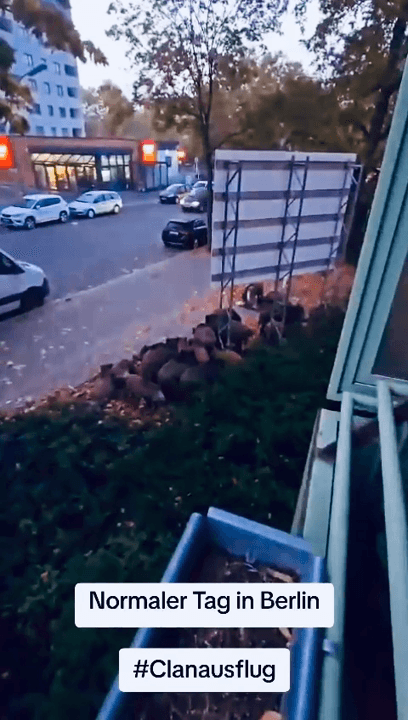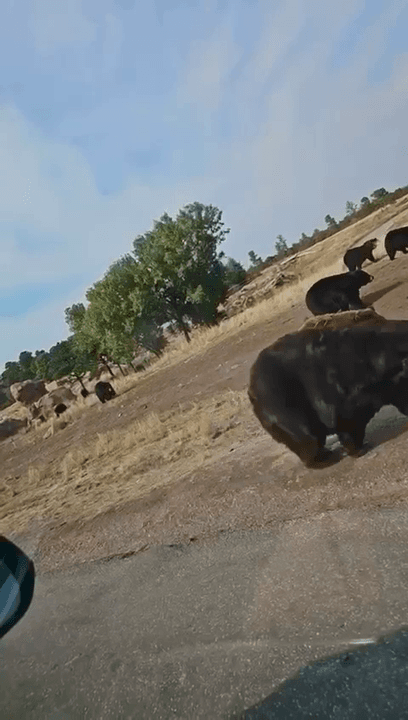
Very soon, UH.app will be available in the most remote wilderness. It will be available on the highest mountains, in endless savannahs and prairies. Where it seemed impossible before. The Starlink satellite Internet, launched by SpaceX in 2019, is becoming increasingly popular in African countries. Starlink offers high-speed connectivity even in the most remote regions where traditional Internet infrastructure is either lacking or underdeveloped. The service has already had a major impact on the market, especially in Kenya, where the number of subscribers has reached 8000 since its launch in July 2023. This undermines the monopoly of large providers such as Safaricom.
Post: 15 January 03:26














































